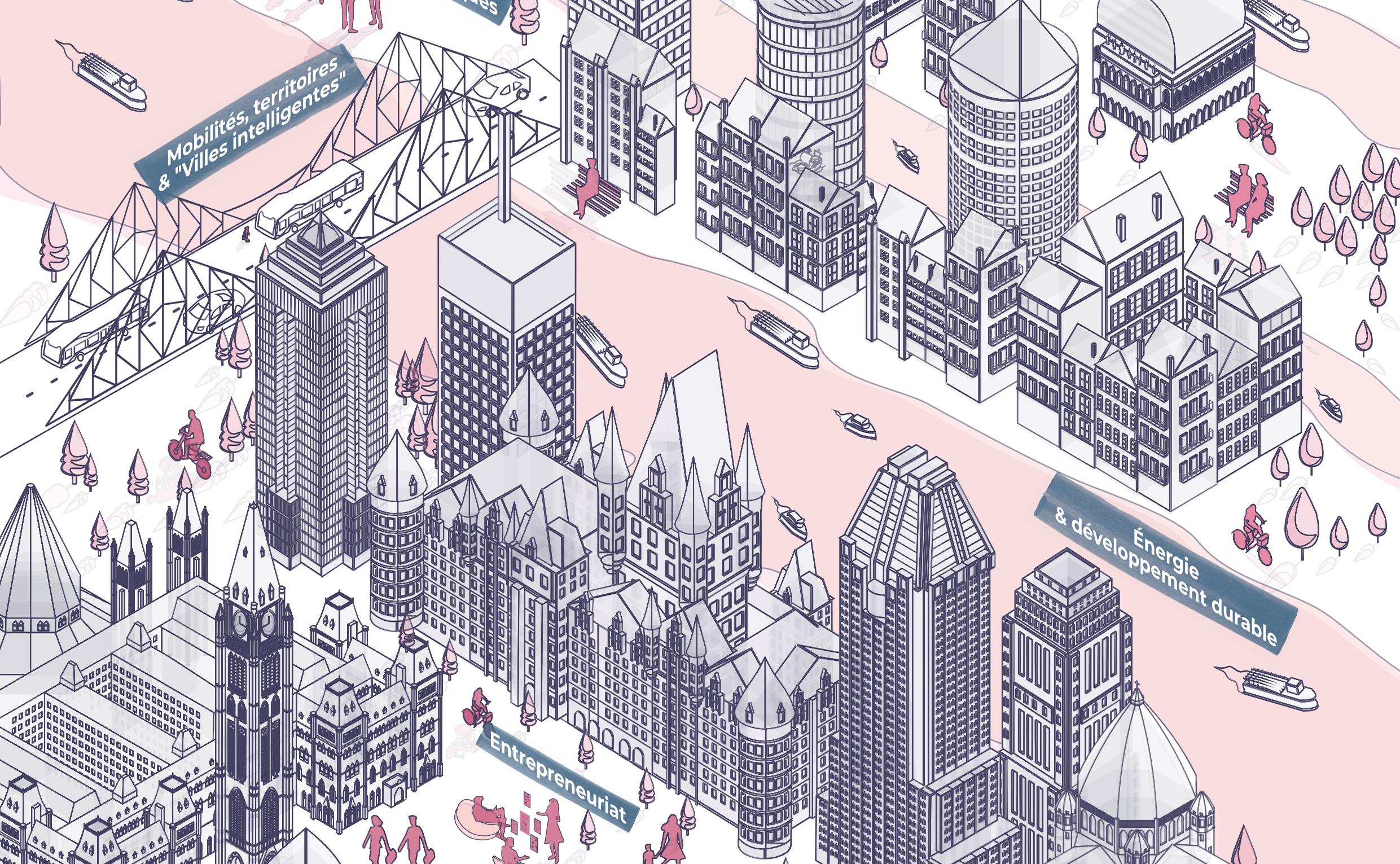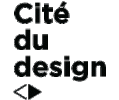Symposium - Resilience and social housing quality in a context of transition
A design-centred approach
As part of the Entretiens Jacques-Cartier 2020 virtual summit, Montréal’s Service de l’habitation and Bureau du design, in partnership with the Cité du design in Saint-Étienne, France, will be presenting this seminar on November 3, 2020
The seminar is based on a partnership project between design, housing, and social development experts in the two cities. The project goal is to develop new social and community housing models that take into account the experience of the pandemic, that align with green-transition and resiliency objectives, and that reconcile the imperatives of quality and affordability.
As a consequence of public involvement, social and community housing is a vital vector of the green and social transition in terms of its impacts on both the environment (resource and energy consumption) and on lifestyles. Any consideration of the housing production system in this transitional process thus implies an examination of both technical innovation and of the transforming lifestyles of the housing’s occupants. A design-centred approach focuses on users, starting from an observation of their interactions with the housing and, in particular, with the facets of those interactions that relate to green, social, and health-related transitions.
Under this general theme, the presentations are divided into three specific issues as a starting point for dialogue about the experiences in Saint-Étienne and in Montréal:
Public policy
Access to housing is central to public action in the area of housing. But how do public authorities approach the issues of housing quality and durability or, conversely, what role does housing play in policies relating to durability and sustainability? In the seminar’s first topic, municipal officials from Saint-Étienne and Montréal will outline the issues linking quality in design and in housing, along with their respective approaches.
Environmental issues
The consideration of environmental concerns in the housing design process has amplified to reflect the growing number of issues related to the green transition. Various design approaches for a renewed vision of sustainable housing emerge when occupants are viewed as participants in the building’s energy efficiency and when the building’s impacts on the sustainability and resilience of where it is constructed are taken into account. This second topic will illustrate the innovative approaches developed by specialists in Montréal and Saint-Étienne.
Social issues
The social environment addresses the users’ perspective in terms of both the housing’s ability to adapt to residents’ changing lifestyles and the notions of inclusion within the city. How do designers take user perspectives into account at various levels of intervention? What opportunities for innovation are there with respect to inclusion, lifestyles, and layout of inhabited spaces both indoors and outdoors? In this third and final topic, designers and architects from Saint-Étienne and Montréal will outline avenues of reflection.
- Sonia Hedhibi, chargée de mission for international relations, Cité du design, Saint-Étienne
- Marie-Josée Lacroix, design commissioner and head of the Bureau du design, Ville de Montréal
- Rebecca Lazarovic, housing development adviser, Service de l’habitation, Ville de Montréal
- Isabelle Lussier, head of the housing sanitation division, Service de l’habitation, Ville de Montréal
- Patrick Marmen, design commissioner, Bureau du design, Ville de Montréal
- Isabelle Vérilhac, international and innovation director, Cité du design, Saint-Etienne



